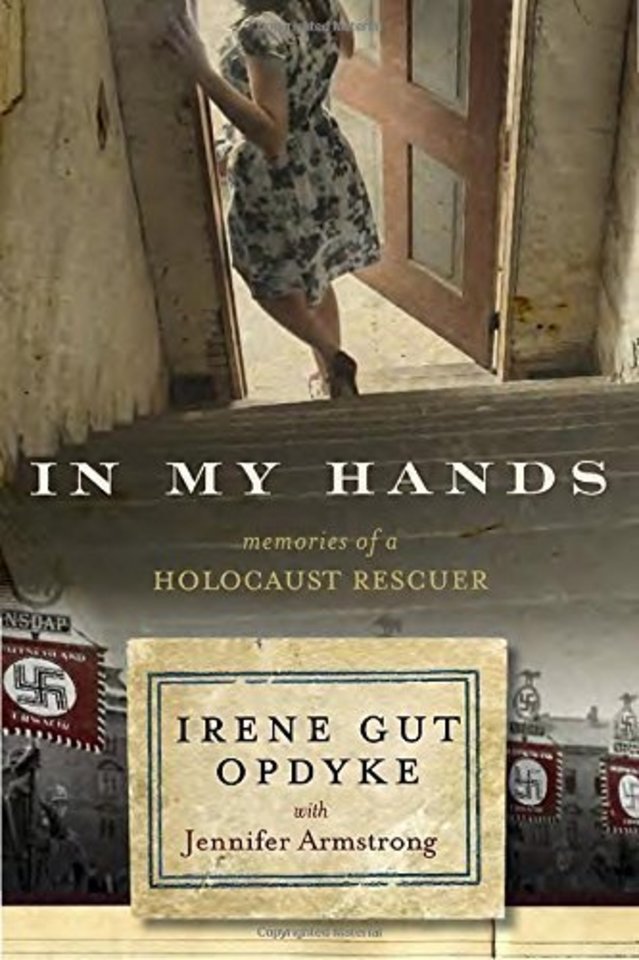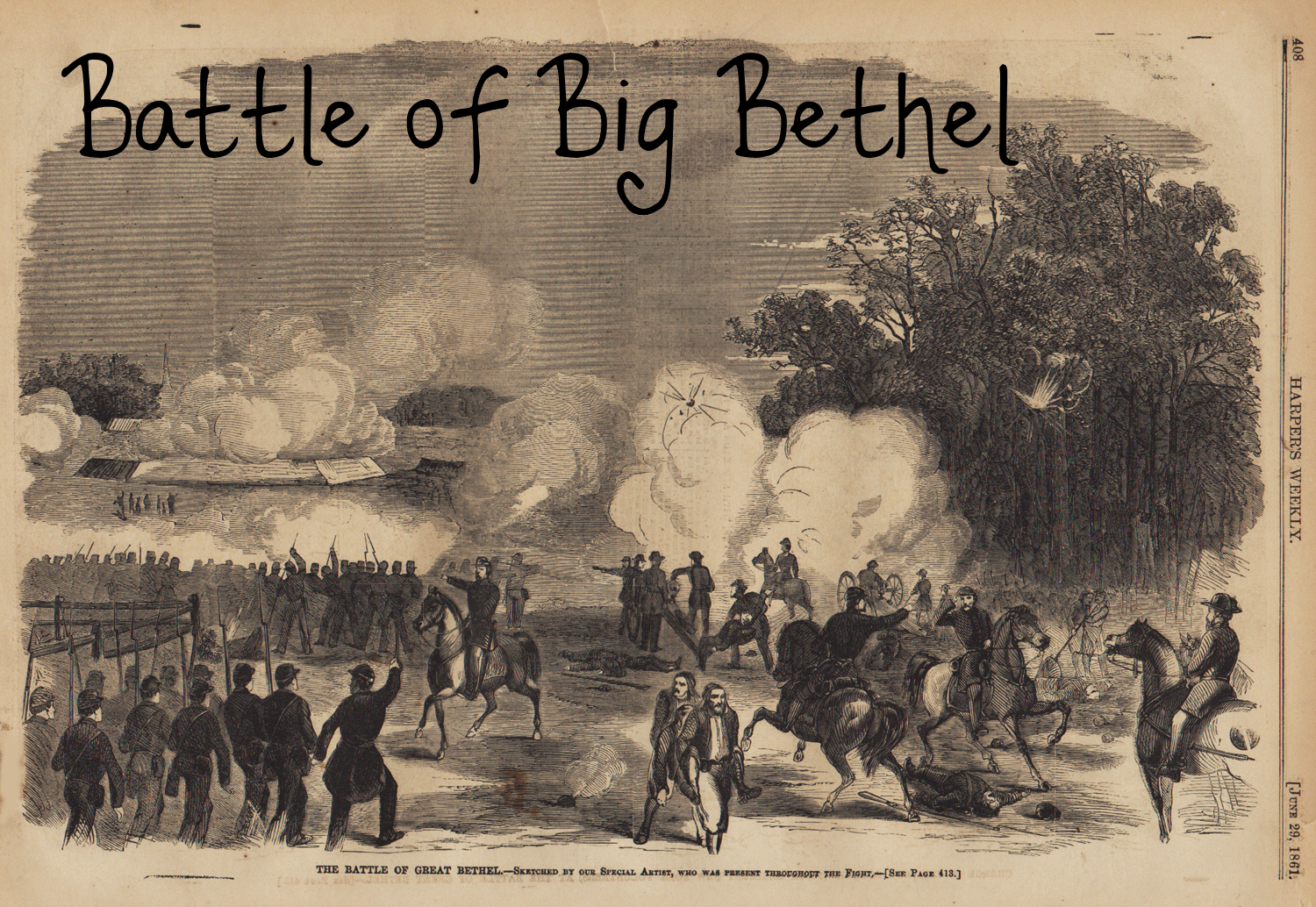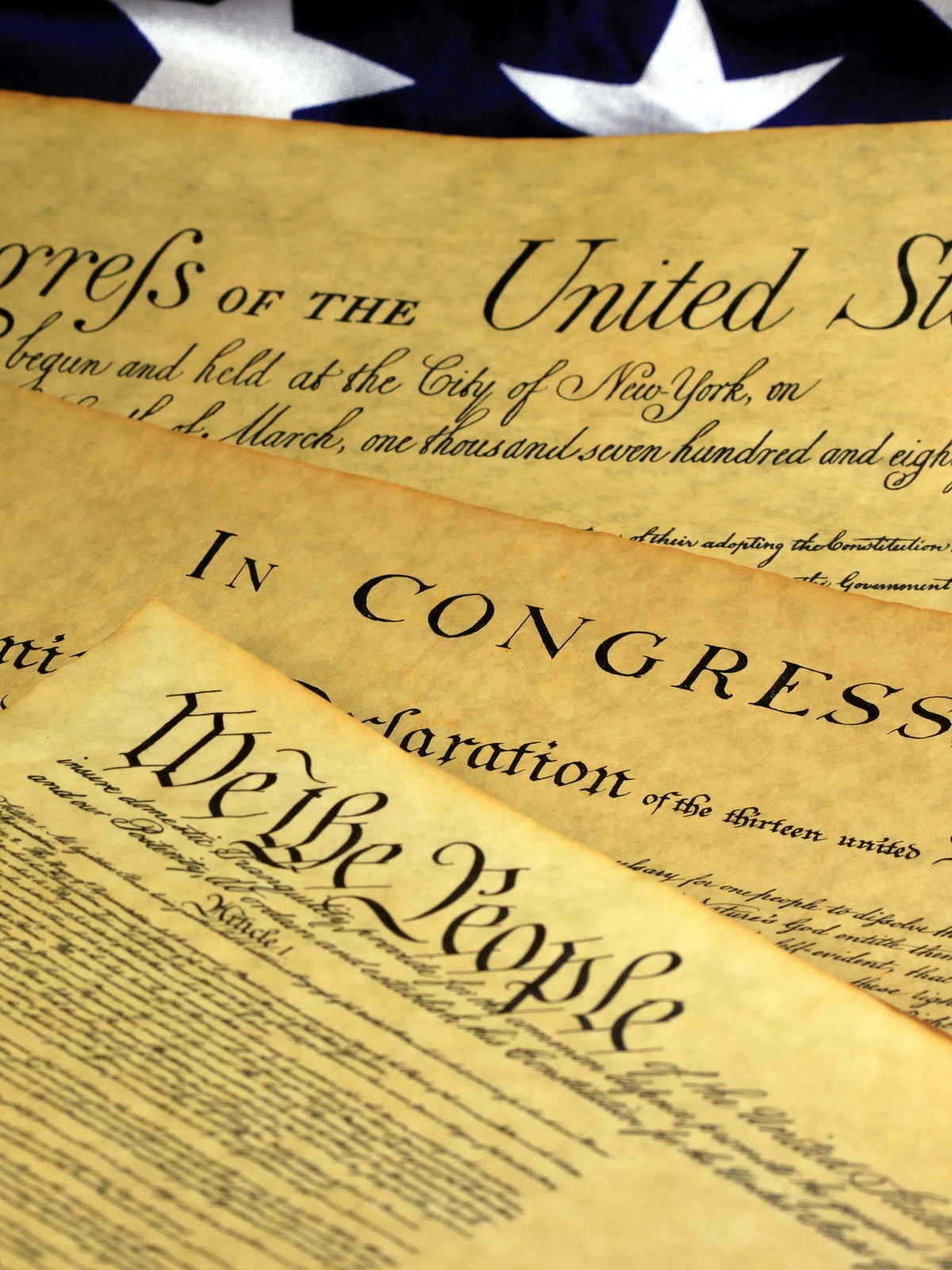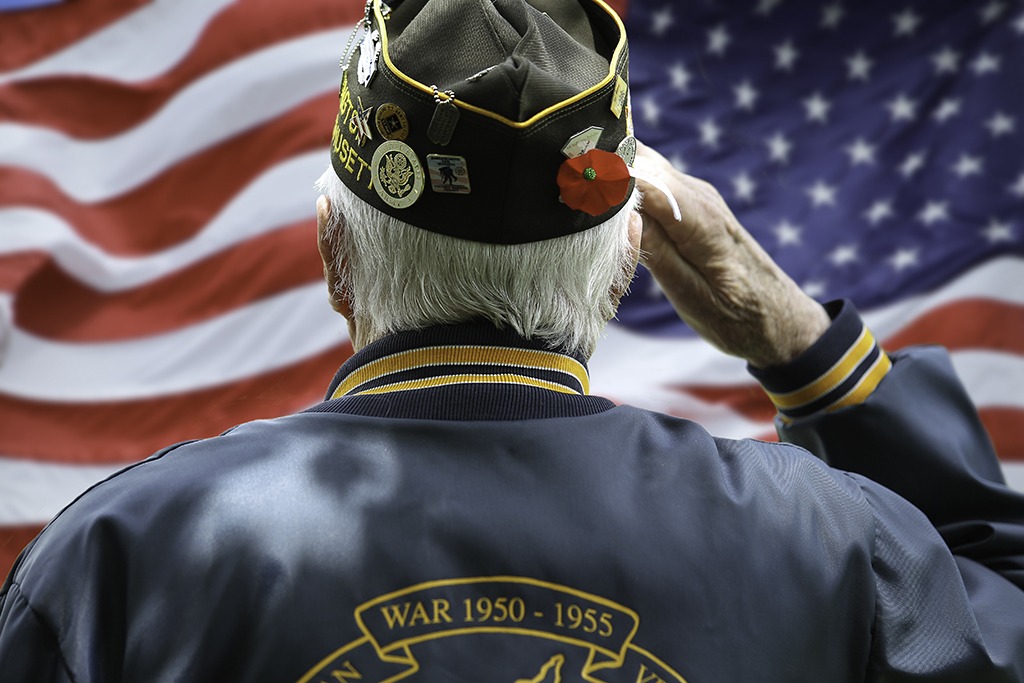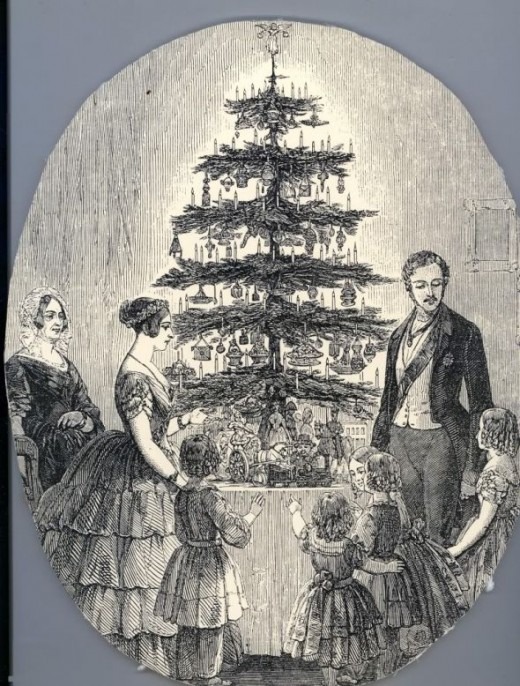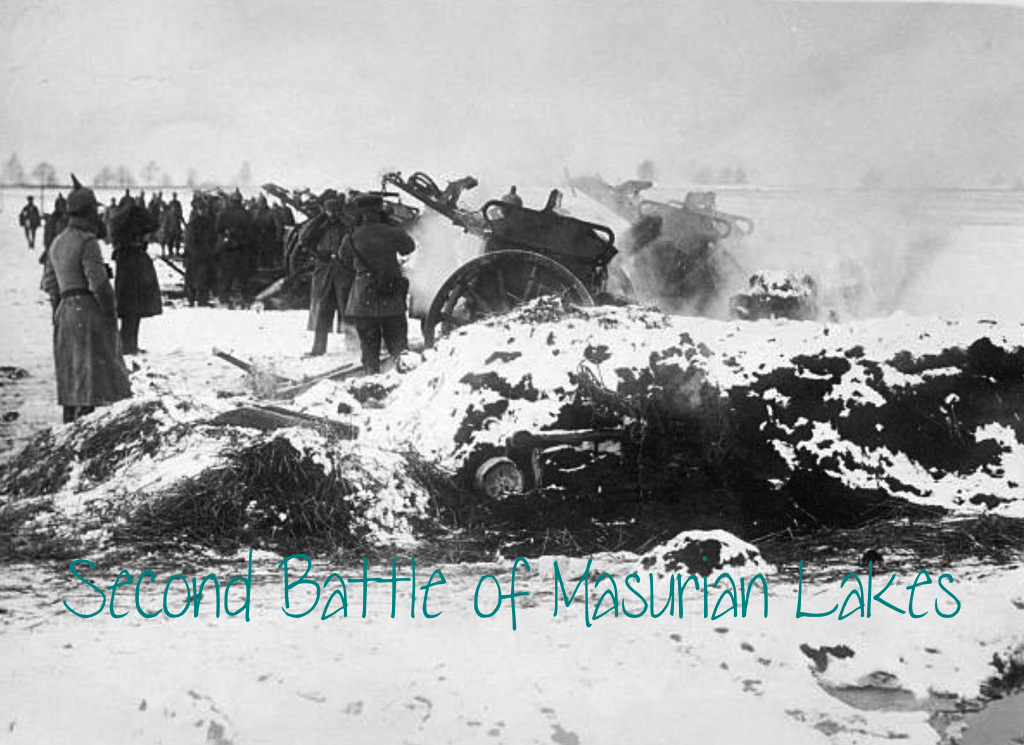In My Hands
In My Hands Set in Poland during WWII, In My Hands is the memoir of Irene Gut Opdyke, who helped rescue Jews during German occupation… Read More »In My Hands
In My Hands Set in Poland during WWII, In My Hands is the memoir of Irene Gut Opdyke, who helped rescue Jews during German occupation… Read More »In My Hands
Battle of Big Bethel The Battle of Big Bethel actually took place prior to the Battle of Rich Mountain. However, it was such a minor… Read More »Battle of Big Bethel
USA Trivia Question #75 How many future Presidents signed both the Declaration of Independence and the U.S. Constitution? Why US Trivia This… Read More »USA Trivia Question #75
USA Trivia Answer #71 How many future Presidents signed the Constitution? Answer: 2 – George Washington & James Madison
The Love That I Have Margot Baumann is sent to work in Sachsenhausen Concentration Camp. In the mail room. One of her main jobs… Read More »The Love That I Have
USA Trivia Answer #70 Who said: “The Senate opens its meetings with a prayer. The House of Representatives opens its meetings with a prayer. Nobody… Read More »USA Trivia Answer #70
USA Trivia Question #74 Who said: “When you open your heart to patriotism, there is no room for prejudice.” Why US Trivia This section… Read More »USA Trivia Question #74
USA Trivia Answer #69 Who was the first president to have a Christmas tree in the White House? Answer: 14th President, Franklin Pierce in… Read More »USA Trivia Answer #69
Second Battle of Masurian Lakes Another very short post, but it is the second of two battles. The Second Battle of Masurian Lakes began during… Read More »Second Battle of Masurian Lakes
An Irish Country Series A series post, this one takes place in a tiny little Northern Ireland town called Ballybucklebo (fictional, of course) in the… Read More »An Irish Country Series
